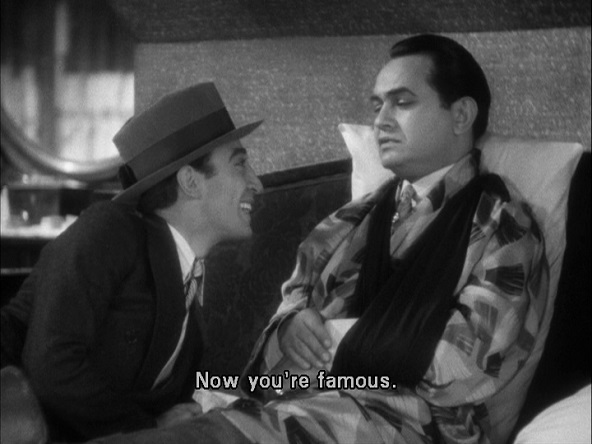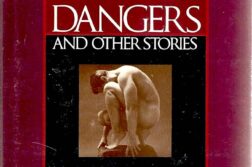Published in: September-October 2017 issue.
EDWARD G. ROBINSON’S portrayal of Caesar Enrico Bandello in the 1931 film Little Caesar helped create the movie gangster archetype. Writer Jason Fraley describes Little Caesar as introducing the antihero chasing a lawless American Dream. Based on W. R. Burnett’s 1929 novel of the same name, directed by Mervyn LeRoy, the movie tells the story of a hoodlum who leaves behind small-town gas station robberies to join a big city criminal organization. Ambitious, cunning, and ruthless, he displaces crime bosses to become the head of the entire city’s underworld.
However—spoiler alert!—his reign as “Little Caesar” cannot last,







